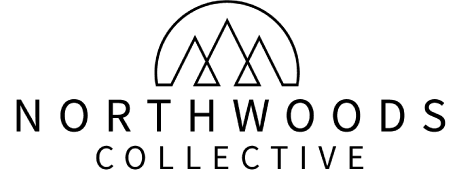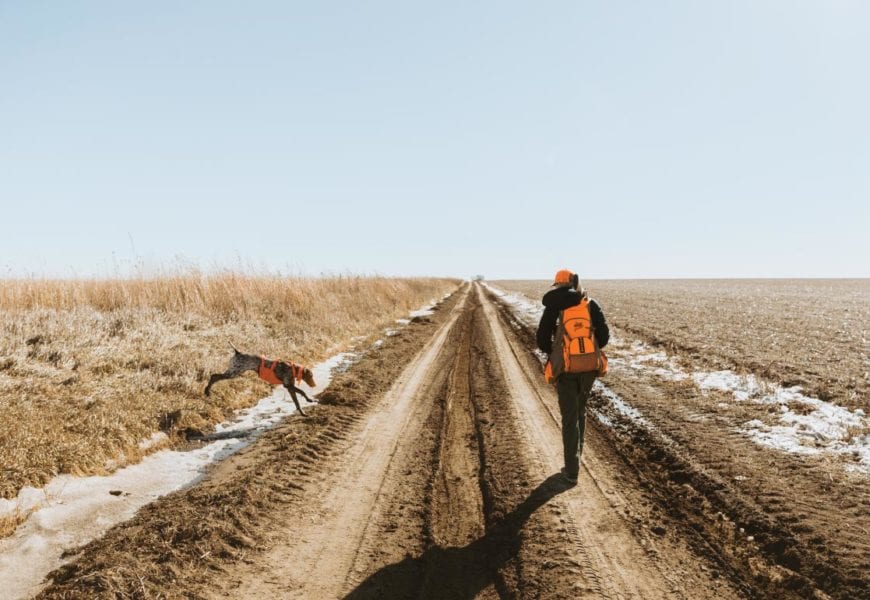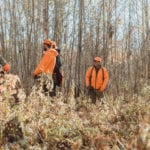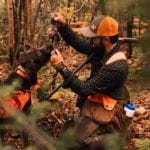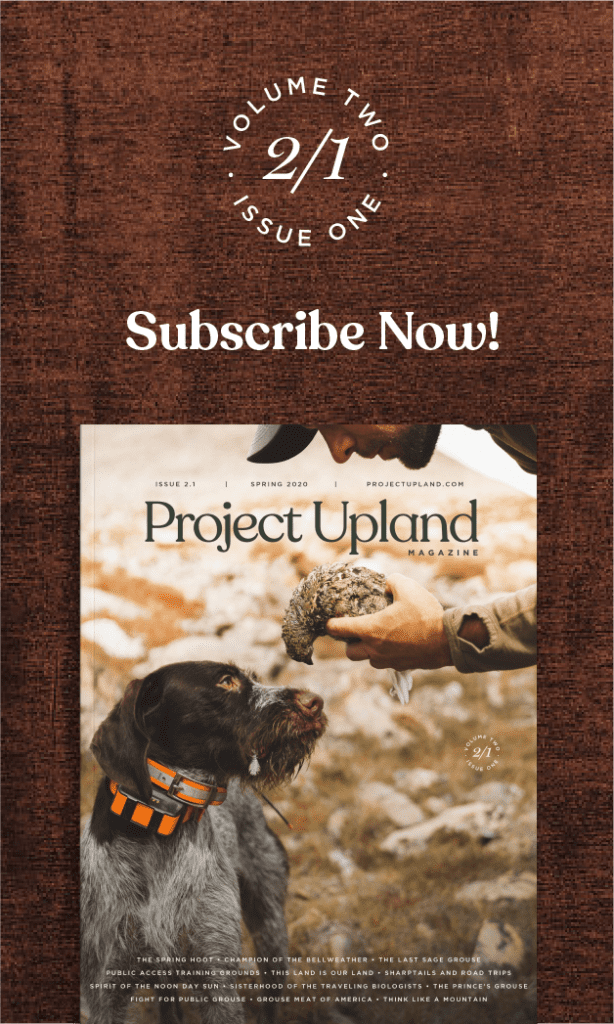A look at the methodology and purpose at the 2019 Northwoods Collective Data Research
Check out the this issue of Hunt Rising our industry print publication:
Hunt Rising | Issue 2.0
For print copies please contact info@northwoodscollective.com
In response to declining hunter participation numbers throughout the Unites States, Federal and State Agencies along with industry NGO’s have spearheaded a recent surge in hunter Recruitment, Retention and Reactivation efforts on a national level. The effect of hunter decline is widely felt throughout the conservation field with potential to negatively impact a broad spectrum of environmental, cultural and social issues.
Recruitment, retention and reactivation, or more commonly referred to as R3, is essential to addressing this decline and prioritizing efforts to prevent overall loss of culture and conservation funding. R3 professionals throughout the nation have identified numerous strategies to combat this decline based upon documented shortcomings throughout agency and industry.
There has been a significant amount of time, energy, and money spent on studying the problem of declining hunting participation. Those whose boots are on the ground are yearning for the next step of action to turn the tide. Many strides have begun in this regard and this survey is hopefully another step in that direction.
The overlying goal of this survey was to dig into the perceived barriers, adjacent interests, and cultural values of the growing hunting demographics within the upland hunting community with a look to discover practical gateways for R3 success.
Survey Objectives
The objectives of the Northwoods Collective 2019 Upland Hunting Survey were to identify the current demographics within the upland hunting industry and nontraditional demographics within the national upland hunting community. The upland hunting community was chosen as the token focus of this survey.
Through questioning, the intent of the survey was to track any shifts in the audience and identify some of the key motivations, barriers, and cultural values that influence active upland hunters today, with particular attention paid to “first generation” hunters. Questions were crafted in such a way as to identify possible changes to modern R3 marketing and programming in order to directly addresses the decline in hunting participation.
Special attention was paid to one particular ancillary interest that was discovered during the 2018 Upland Hunting Survey (DeRosa A., Hervey C., St. Andre J. (2018)) — dogs.
In addition to benefitting the R3 community with some statistics into current upland hunting culture, the survey results can also be used for a glimpse into broader cultural views which potentially have an impact on R3 efforts.
Methodology
Northwoods Collective staff conceptualized, created and implemented the 2019 upland hunting survey completely “in-house.” Through cooperation with Eukanuba Premium Performance Dog Food and Dakota 283 Kennels, Project Upland brand followers were enticed to participate in the survey through a 4 day/3 night wild pheasant hunt at Chronkhite Farm in South Dakota (a value of $2,700).
In an effort to maintain consistency and comparability Northwoods Collective employed the same methods of gathering survey participants as the 2018 National Upland Hunting Survey. Survey participants were gathered through targeted marketing of social media channels and web-based applications. The chosen medium for gathering respondents was selected due to the overwhelming universal access to social media and web-based applications through handheld mobile devices and desktop computers.
Facebook, Instagram, generated email lists and search engine optimization were all tackled to achieve strategic exposure of the survey specifically to followers of the lifestyle brand – Project Upland – who utilize modern technology and social marketplaces.
The focus groups were surveyed throughout a period of 2 weeks during the month of March 2019, when upland hunting participation begins to taper off and spanned the entirety of the United States. The survey took an average of eleven minutes to complete and garnered a 97% completion rate for a total of 2620 responses. The findings of the survey are reported at a 95% confidence interval with a sampling error of less than 3%.
Limitations
The focus of this study was directed to users which utilize modern technology and does not necessarily present the views of generational cohorts less apt to use such technological interfaces. Generalizations about broader hunting populations based on the results of this study should therefore be cautiously interpreted.
Conclusions
Historically, recruitment of new hunters relied on families introducing younger family members to the pursuit. In modern society this is no longer the case. We can no longer sit back and wait for recruitment to happen without help.
This survey was designed to bring insight to the attitudes and perspectives of upland hunters as they relate to perceived barriers, adjacent outdoor interests, and modern societal/ environmental concerns. Our intention here was to provide feedback for those crafting R3 messaging and marketing materials as well as those engaged in R3 programming and mentor training as we confirmed that, while there is need and interest in online tools, mentors remain a significant factor in R3.
While there is no skeleton key to open all the doors of effective R3, the utility of leveraging the popularity of dogs as a significant gateway for hunter recruitment is irrefutable.
When it comes to the environmental awareness of modern hunters, the data here demonstrates a significant concern for climate change and non-toxic ammunition options. These attitudes are seemingly very much in line with the broader non-hunting public and perhaps can be incorporated as additional gateways to invite user participation and interaction over shared values.
The R3 community and its founders have identified the needs, threats and barriers which have plagued recruitment and retention and in the process revealed a dull light at the end of the tunnel. For those looking for potential real-world strategies, we hope that this information encourages stakeholders to look at adjacent pursuits and shared perspectives as viable opportunities to reach prospective R3 targets.
